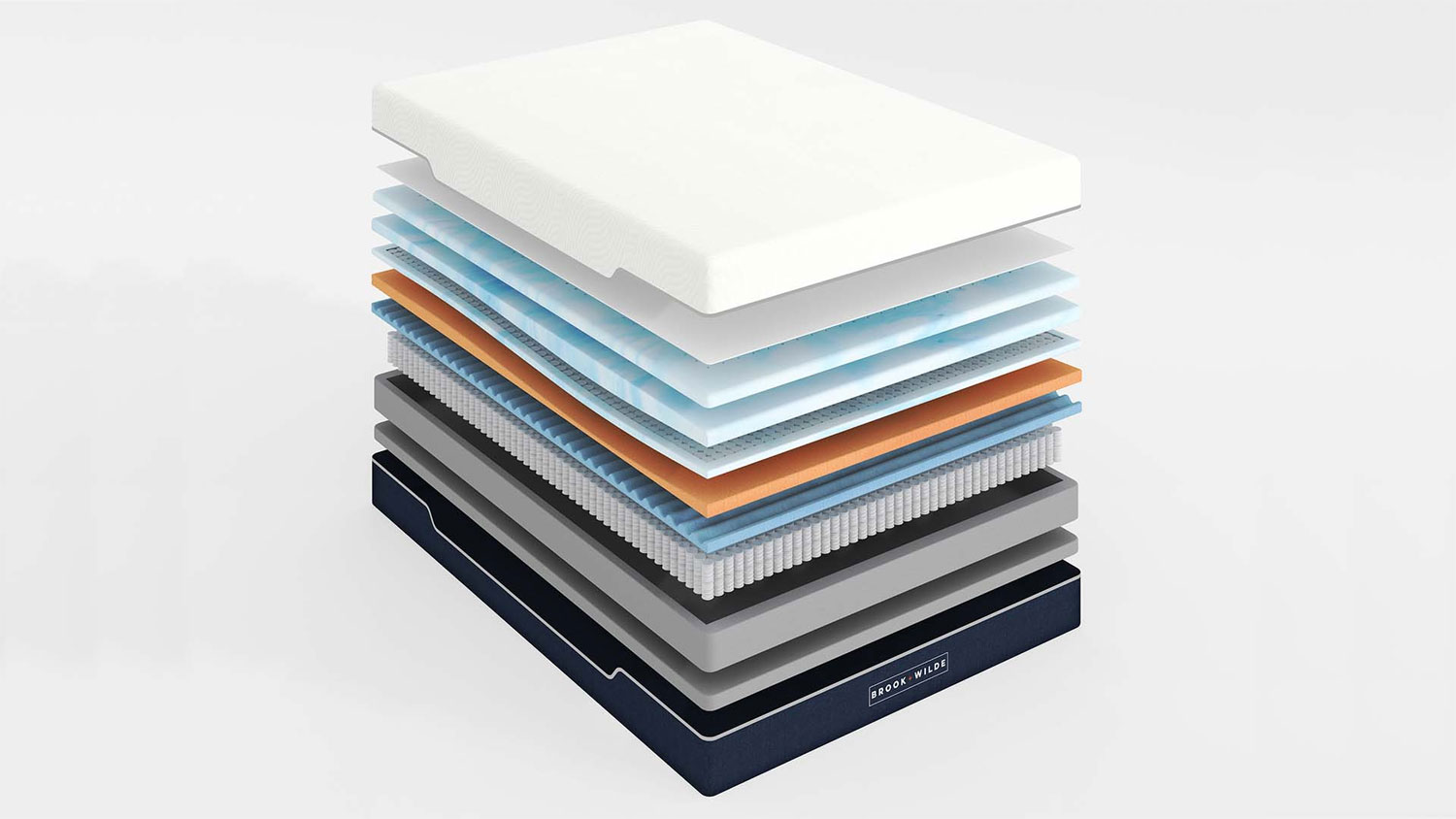
There are many reasons why you might be having a bad night’s sleep. While sleep is important for your physical and mental health, it can be a fickle friend and oftentimes, you need the Goldilocks effect and have everything just right in order to catch some much needed ZZZs.
Feeling too hot or too cold, having a wriggly partner who won’t stop tossing and turning or excessive noise from your next door neighbour could all be factors in why you’re not sleeping very well. But according to bed experts, your mattress filling could be a problem.
When it comes to buying the best mattress, there are a few things you need to consider, like firmness, breathability and support. The filling or construction of your mattress might be the furthest thing from your mind but it’s actually something important to consider, according to Rebecca Swain, director and mattress specialist at Winston Beds.
To find out more, I spoke to Swain who explained different mattress types and why natural fillings can drastically improve your night’s sleep.
Mattress fillings and their benefits
“A good night's sleep is really important because it improves brain function, mood and general health,” says Swain. “What a mattress is filled with can influence the degree of support and comfort it provides, so it’s important to be equipped with the right knowledge when shopping for a new one. Tell-tale signs your mattress has the wrong filling for your body include waking up sore and stiff, feeling restless and getting too hot or cold during the night.”
If you’re experiencing any of these signs, it could be time to switch to a different mattress… but what kind should you buy? Swain is a big fan of natural fibres and fillings, including wool, cashmere and flax. While it might sound strange at first (whoever heard of a wool mattress?!), these fillings can be extremely beneficial for support and are kind to the skin.

Wool is a natural fibre that “provides both warmth and breathability. In the winter, it will keep you warm and cosy and during the summer, it prevents heat and moisture retention. Additionally, cashmere provides a velvety feel against the skin and the fibres contour to the body meaning maximum comfort. It’s also breathable and good for temperature regulation.” The material I was most surprised by was flex. According to Swain, “organic flax has a distinctive strength and natural elasticity, making it an ideal choice for the layer directly above the springs. This improves the support system and works in tandem with springs to distribute body weight.”
If natural isn’t for you, there are man-made fibres and synthetic materials that can also offer the ultimate support, comfort and breathability. Nylon is commonly found in memory foam mattresses and is “great for promoting a healthy sleep posture and adapting to the body to relieve pressure build-up by preventing sinking too deep into the mattress.” Polyester also offers extra comfort and support by “keeping the spine in line and cushioning pressure points. It’s also known for being super easy to clean and keep fresh.”







